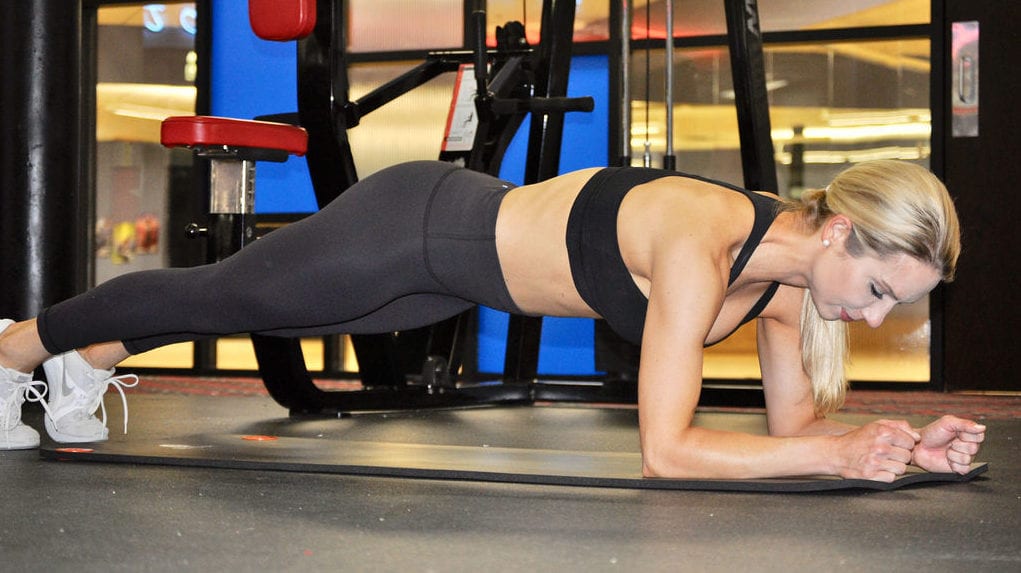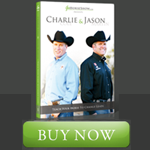Especially for those who are not already familiar with the ins and outs of fitness, establishing a new fitness routine can inspire many questions: What exercises should I do? How often should I work out? What should I focus on? How much will working out help me? GoHorseShow had the opportunity to sit down with Jenna Tolson, the Ride Fit Life owner, an online fitness coaching platform for equestrians of all levels, to discuss these answers and more.
Make sure to start on the right foot.
Starting any new routine that is out of our comfort zone is bound to be challenging. When it comes to creating a new fitness routine, this is especially true. But this challenge is the key to making progress, as long as it is still within reach. Jenna told us that when it comes to building a workout regimen, “knowing where to start or how to get started in a manner that won’t leave you burned out in two weeks is the hard part.”
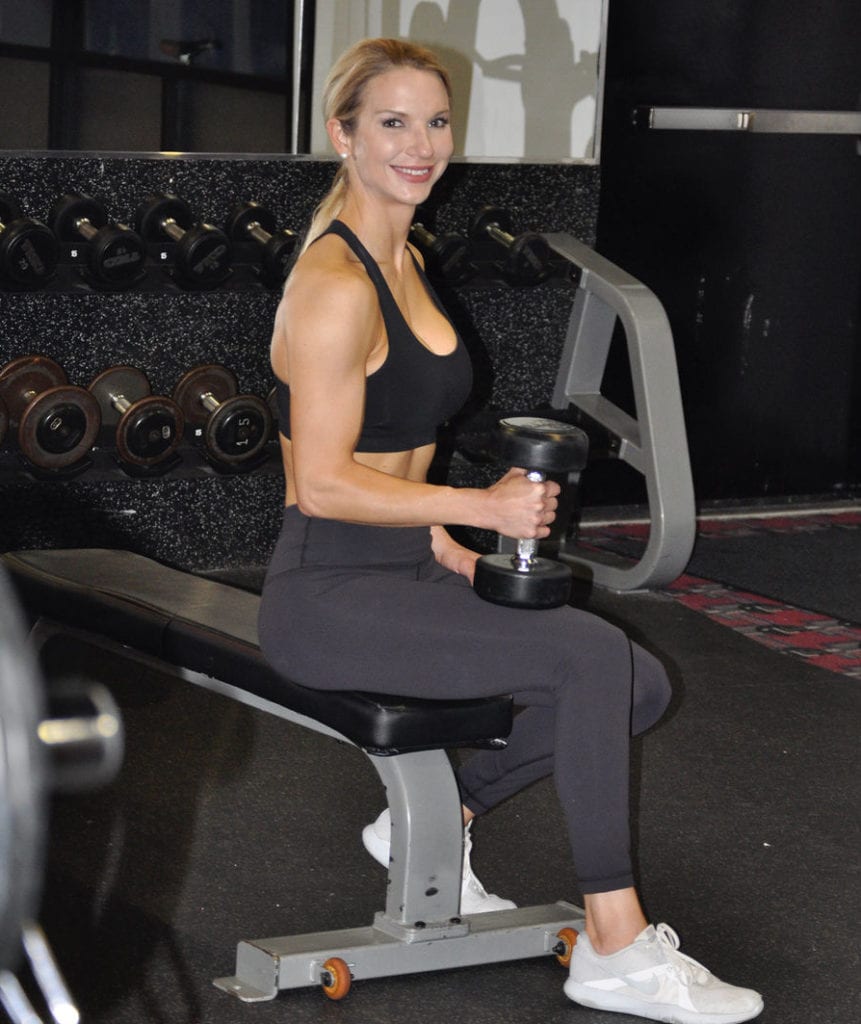 Think back to when you first learned to swim: you probably weren’t thrown into the deep end with the expectation that you would be able to swim with Michael Phelps, were you? Just the same, be careful not to throw yourself into a fitness routine that is entirely too advanced. By doing so, you are only going to make the adjustment harder, if not unsuccessful.
Think back to when you first learned to swim: you probably weren’t thrown into the deep end with the expectation that you would be able to swim with Michael Phelps, were you? Just the same, be careful not to throw yourself into a fitness routine that is entirely too advanced. By doing so, you are only going to make the adjustment harder, if not unsuccessful.
Jenna said that the number one thing that equestrians should keep in mind when establishing fitness goals is to “make it realistic. Someone could give you a dynamite plan to follow to get into the best shape of your life, but it won’t do you a bit of good if you can’t remain adherent to it. We need to remember to be realistic about what we think is sustainable.”
Improving your health through working out is not an overnight phenomenon. Understanding your capabilities, goals, and the time it will realistically take to accomplish them is essential to creating a workout plan that will help you find success, both in and out of the saddle.
So you have a plan, but how will it help?
We hear it from the time we are in elementary school gym class: living a healthy lifestyle has many benefits. How will changing your fitness level help your abilities in the saddle? Tolson explains that many improvements will follow due to increased activity in your life away from the barn.
 Not only will equestrians experience more obvious strength-based developments, such as being able to “sit the trot without bouncing and losing weight in their stirrups,” or a better sense of balance in the saddle, but they will have a better ability to “make sound mental decisions under a fatigued state,” at the end of a long weekend of showing.
Not only will equestrians experience more obvious strength-based developments, such as being able to “sit the trot without bouncing and losing weight in their stirrups,” or a better sense of balance in the saddle, but they will have a better ability to “make sound mental decisions under a fatigued state,” at the end of a long weekend of showing.
Though showing horses is not necessarily as physically demanding as Olympic-level gymnastics, it does require a significant physical and mental contribution from the rider that can become exhausting after continual effort. Working to improve your physical fitness away from the barn will undoubtedly enhance your stamina and abilities on horseback, whether on the trail rides or in the show pen.
What types of exercises should equestrians prioritize?
Doing a quick Google search of “best workout routines for equestrians” can be daunting. There are countless different recommendations, focuses, and levels of exercises that can be beneficial to equestrians. However, resist the temptation of taking on some of these options and falling into “daily sessions of murdering yourself,” Jenna told us.
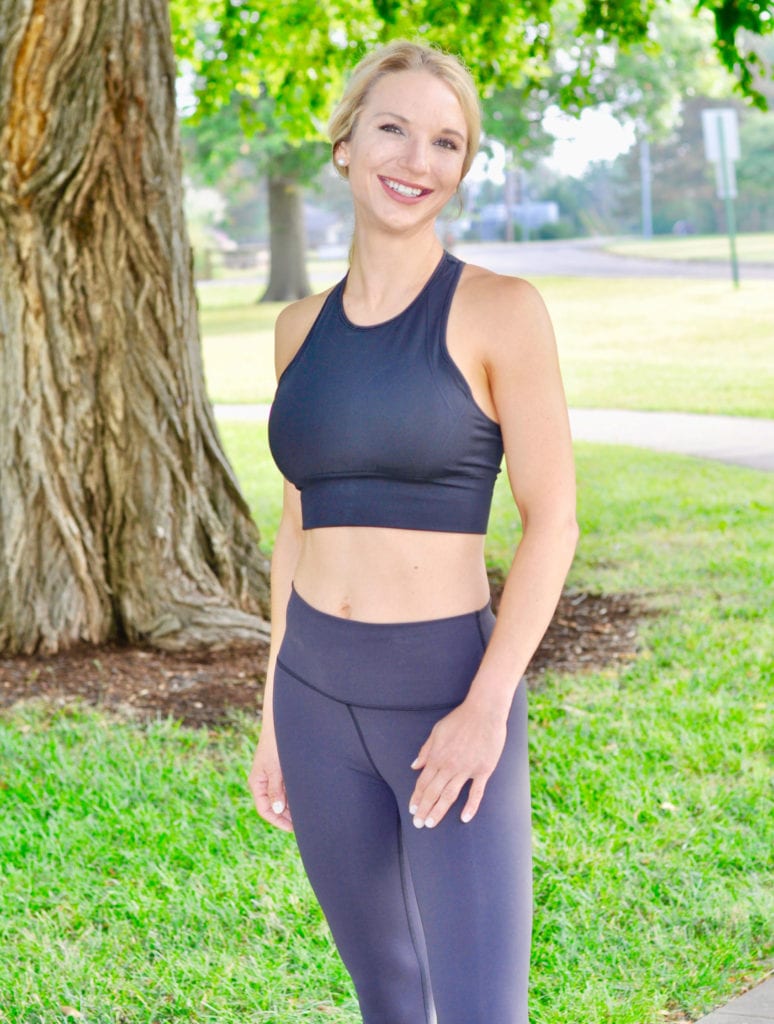 Overworking yourself with intense routines every day will not inspire results. It may have the opposite impact (think burnout). Choosing exercises that best fit your physical abilities and challenges is essential, but some general categories should be included in your routine regardless.
Overworking yourself with intense routines every day will not inspire results. It may have the opposite impact (think burnout). Choosing exercises that best fit your physical abilities and challenges is essential, but some general categories should be included in your routine regardless.
“I hate running, and I have physical limitations that prevent me from running. So I don’t run,” Jenna explained. “There’s nothing wrong with running if you enjoy it, but the real magic in improving your physical capabilities and body composition is in the weight room,” she finished.
Mainly, as equestrians, Jenna discussed how focusing on our “back, glutes, hamstrings, and core” will be the most beneficial to our riding.
“Isometric core exercises are my favorite for equestrians,” she said. “These exercises train the deep muscles of our core rather than just the ‘six-pack’ muscles.” Although most of us wouldn’t mind having a six-pack of abs to show off on our beach vacations, it is the deeper muscles of our core that will assist with balance, stability, and postural support in the saddle.”
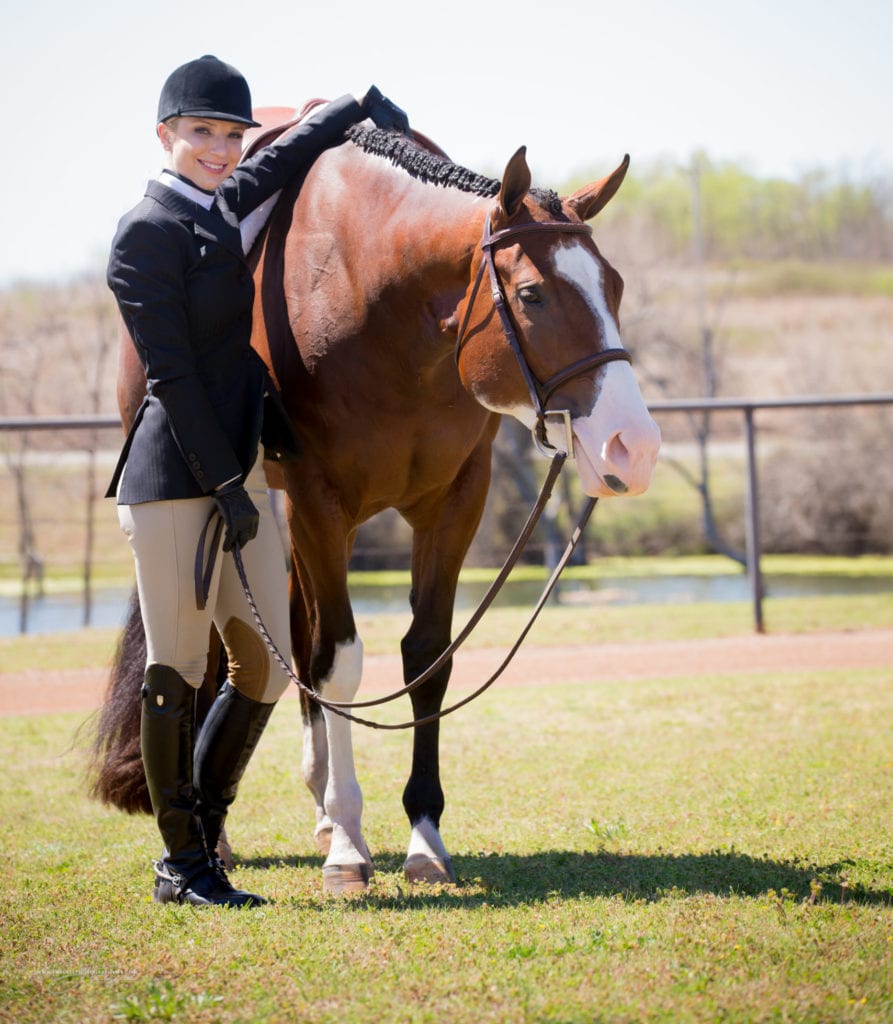 Along with core exercises, Jenna suggests focusing on your posterior chain, hip flexors, and legs, as these are parts of the body that are essential to improved riding ability.
Along with core exercises, Jenna suggests focusing on your posterior chain, hip flexors, and legs, as these are parts of the body that are essential to improved riding ability.
For a starting point as far as fitness routines go, Tolson suggested that you “work towards 150 minutes of moderate (like brisk walking) cardiovascular activity per week and at least two days per week of full-body resistance training.”
Starting a new fitness routine is most definitely a worthwhile challenge. Whether you are a youth, select, trainer or non-pro, there is something to be gained from improving your physical wellbeing. Jenna summed it up nicely: “It is never too late to start. You are never too old to start. You are never too far gone to start. You are never too different to start. You are never too busy to start. You have to start!”
For more information on specific personal training for your equestrian needs, contact Ride Fit Life today.


